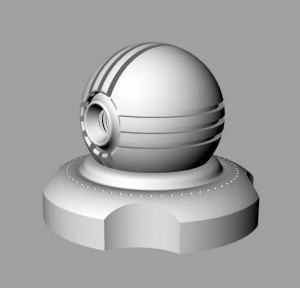
Above is an example of varying speed settings with vector cuts and engravings on a 120W Co2 laser cutter. The ratios of power to speed are roughly the same on both groups of cuts, producing approximately the same depth; however one speed setting is much higher (30x) than the other, producing the wobbly lines on the fast group. The faster setting was enough to cause the laser’s Y axis to lose registration, as you can see on the two bottom lines of text.
(more…)



